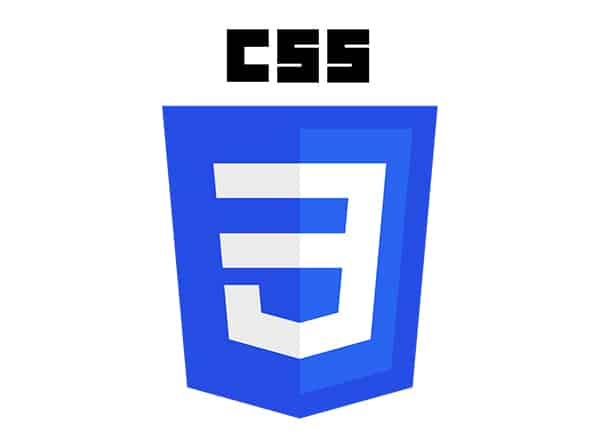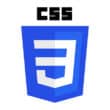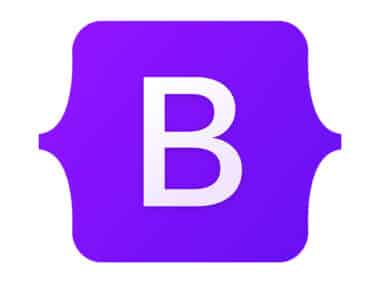CSS (Cascading Style Sheets) is a fundamental technology used in web design to create layouts for web pages. CSS allows designers to control the layout, typography, and color of web pages. In this tutorial, we will discuss how to use CSS to create different types of layouts for web pages.
Types of Layouts
When creating web pages, designers can use several types of layouts, depending on the project’s requirements. The most common types of layouts include fixed, fluid, and responsive layouts.
Fixed Layouts
A fixed layout is a design where the width of the web page is set to a specific size, such as 960 pixels. The content of the page is then centered within this fixed width. Fixed layouts are easy to create and are suitable for websites with a specific target audience. However, they are not very flexible, and they do not work well on smaller screens.
Fluid Layouts
A fluid layout is a design where the width of the web page is set to a percentage of the viewport width. For example, a design may use a width of 80%, which means that the content of the page will expand or contract based on the width of the viewport. Fluid layouts are more flexible than fixed layouts, as they adapt to different screen sizes. However, they can be more difficult to create.
Responsive Layouts
A responsive layout is a design that adapts to different screen sizes. A responsive layout may use media queries to adjust the layout based on the width of the viewport. For example, a design may use a fixed layout for larger screens and a fluid layout for smaller screens. Responsive layouts are becoming increasingly popular as more people access the internet through mobile devices.
Creating a Layout with CSS
To create a layout with CSS, designers use a combination of CSS properties and HTML elements. The following are some of the most common CSS properties used to create layouts:
display: Used to change the display behavior of an element. Common values includeblock,inline, andflex.position: Used to position elements on the page. Common values includestatic,relative,absolute, andfixed.float: Used to float an element to the left or right of its container.widthandheight: Used to set the width and height of an element.
Designers can use these properties to create different types of layouts. For example, to create a fixed layout, designers would use the width property to set the width of the page to a fixed size. To create a fluid layout, designers would use the width property to set the width of the page to a percentage. To create a responsive layout, designers would use media queries to adjust the layout based on the width of the viewport.
Conclusion
CSS is an essential technology for creating layouts for web pages. By understanding the different types of layouts and the CSS properties used to create them, designers can create responsive and visually appealing web pages that work well on different devices. While fixed layouts are still popular, fluid and responsive layouts are becoming increasingly common as more people access the internet through mobile devices. By using CSS to create different types of layouts, designers can ensure that their websites are accessible, user-friendly, and visually appealing.




